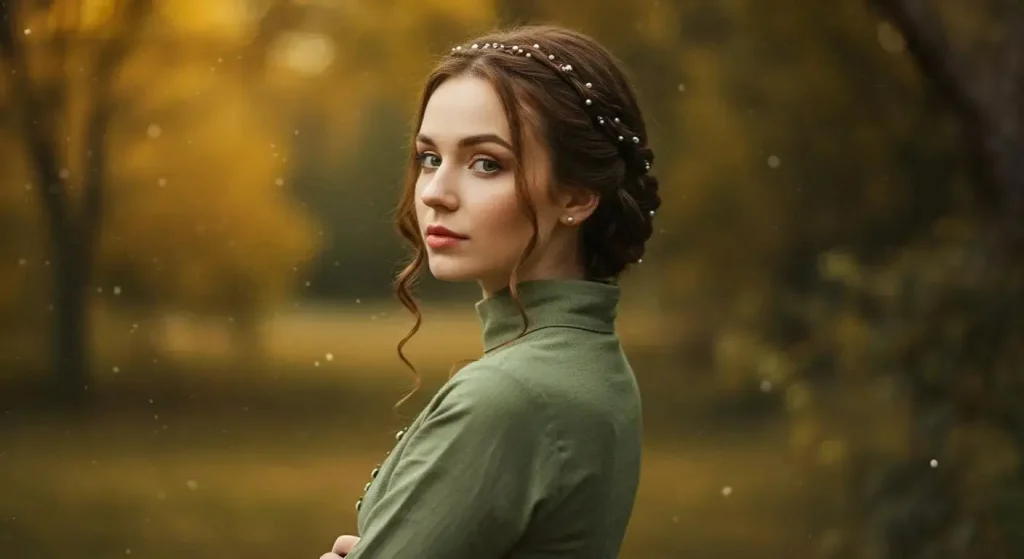Step back in time with these 8 regal Renaissance hairstyles! Perfect for themed events, cosplay, or adding a touch of historic elegance to your look.
Stepping into a Renaissance-themed event, a historical fair, or simply wanting to infuse your look with a touch of classical artistry often calls for a hairstyle that’s truly special.
Renaissance-inspired hair isn’t just about styling; it’s about evoking an era of intricate beauty and noble grace.
Choosing the right look from this rich period involves a delightful dive into history and personal style.
Consider your hair’s natural tendencies, the specific vibe of your event, and how much authentic detail you wish to embrace.
A little research or a chat with a stylist familiar with period looks can be invaluable.
They can help you select a style that not only looks stunning but also feels authentically you, transporting you to a bygone era of elegance.
Finding Your Perfect Renaissance Look: Key Considerations
Before you start picturing yourself in velvet gowns and pearl-adorned tresses, take a moment to think about what works for you and the occasion.
This will help ensure your chosen Renaissance style is both magnificent and manageable.
How much time are you willing to dedicate to styling, especially if intricate braids or structures are involved?
Does your hair hold styles well, or will it need extra support for more elaborate looks?
Are you aiming for strict historical accuracy, or a modern interpretation with Renaissance flair?
What’s the nature of the event – a formal costume ball, a lively fair, or a theatrical performance?
Answering these questions will guide you toward the most fitting and enjoyable Renaissance hairstyle.
Essential Styling Prep & Achieving Authenticity
Proper preparation is the cornerstone of a Renaissance hairstyle that not only looks the part but also lasts. The period often featured structured styles, so grip and hold are key.
Many braided or sculpted Renaissance looks benefit from hair that isn’t freshly washed, as day-old hair offers better texture and grip for braids and pins.
Other styles, especially those showcasing waves, might start best on clean, prepped hair.
To enhance authenticity:
- Consider incorporating ribbons, pearls, or period-appropriate jewels.
- Subtle padding (hair rats or modern equivalents) can help achieve some of the voluminous shapes seen in portraits.
- Don’t shy away from a center part, a hallmark of many Renaissance looks.
- Texturizing sprays or a light mousse can aid in creating the desired volume and hold for elaborate styles.
These steps will help your hair become the perfect canvas for a journey back in time.
8 Renaissance-Inspired Hairstyles for a Majestic Transformation
Here are eight hairstyles, drawing inspiration from the Renaissance, perfect for adding a touch of historical grandeur to your appearance. Each blends artistry with a nod to the past.
1. The Classic French Twist: A Timeless Royal Statement
The Look & Feel
While the French Twist as we know it is more modern, a simple, sleek vertical twist can serve as a graceful base, reminiscent of the era’s preference for swept-up hair. It offers a clean, polished silhouette that can be beautifully adorned with Renaissance-style accessories.
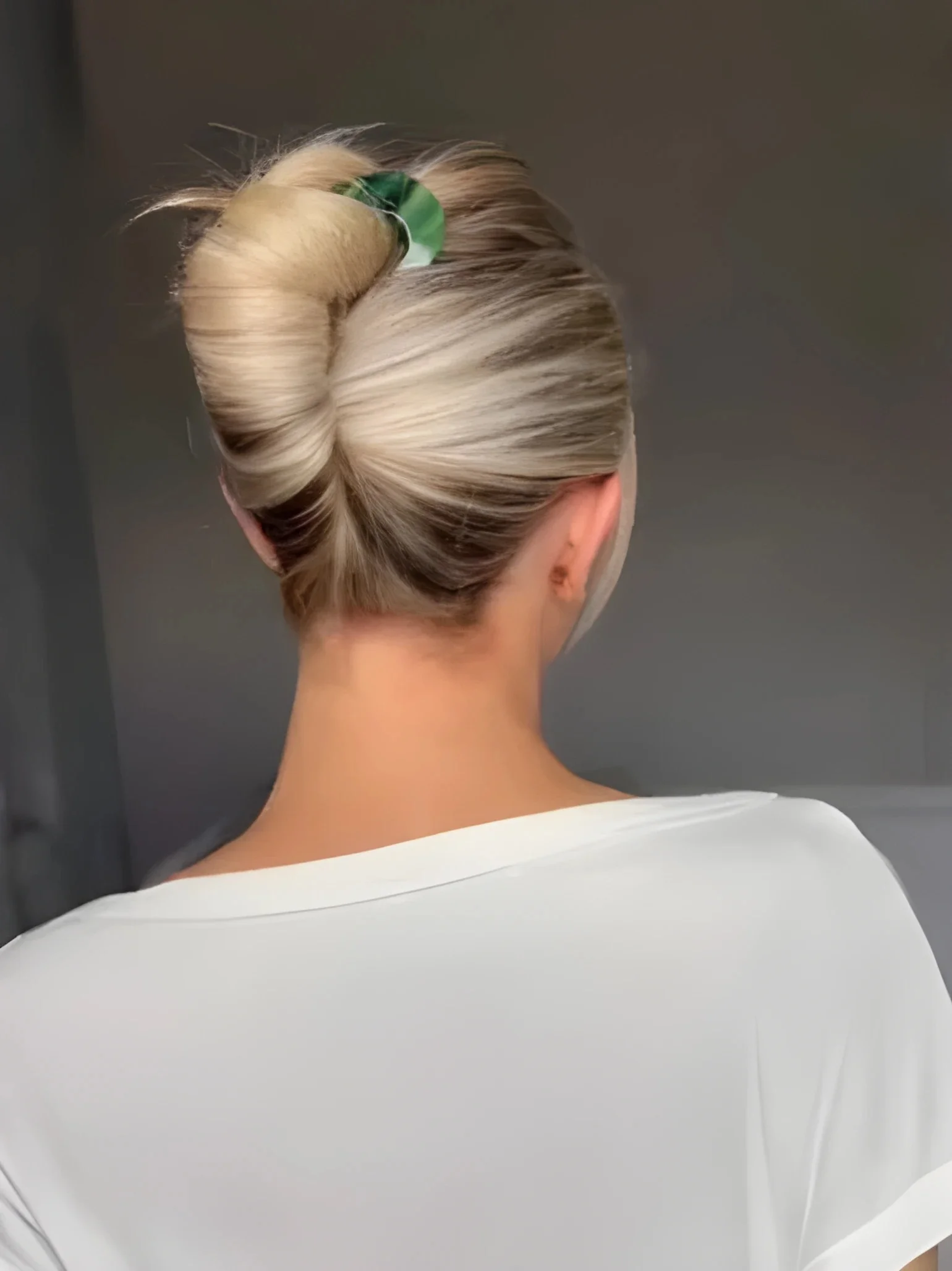
Best Suited For
- Hair Types: Best on medium-density straight or wavy hair. Fine hair may need teasing; thick hair benefits from secure pinning.
- Face Shapes: Elongates round/square faces. Flattering for oval shapes.
- Occasion/Theme: A good starting point for those wanting a touch of Renaissance without full historical commitment; perfect for themed dinners or when paired with elaborate costumes that are the main focus.
How to Ask Your Stylist (or Approach DIY)
Request a “Classic French Twist” but mention you’ll be adding “Renaissance-style hair jewelry like pearl pins or a decorative comb.” For DIY, focus on a neat, secure twist.
Styling Tips & Effort Level
Apply smoothing cream for sleekness. Accessorize with period-inspired pins, a jeweled headband, or even a soft snood or caul over the twist.
Effort: Medium. Achieving a smooth, secure twist takes practice.
Maintenance & Occasion Perks
Keeps hair neatly off the neck. Allows elaborate necklines or collars to shine. Can be quickly “Renaressed” with the right accessories.
2. Loose Curls with a Crown: A Regal Yet Relaxed Vibe
The Look & Feel
Imagine Botticelli’s Venus: soft, flowing, almost pre-Raphaelite waves or loose curls, often parted in the center and crowned with a delicate floral wreath, a simple circlet, or a more ornate crown. This style is the epitome of romantic, youthful Renaissance beauty.
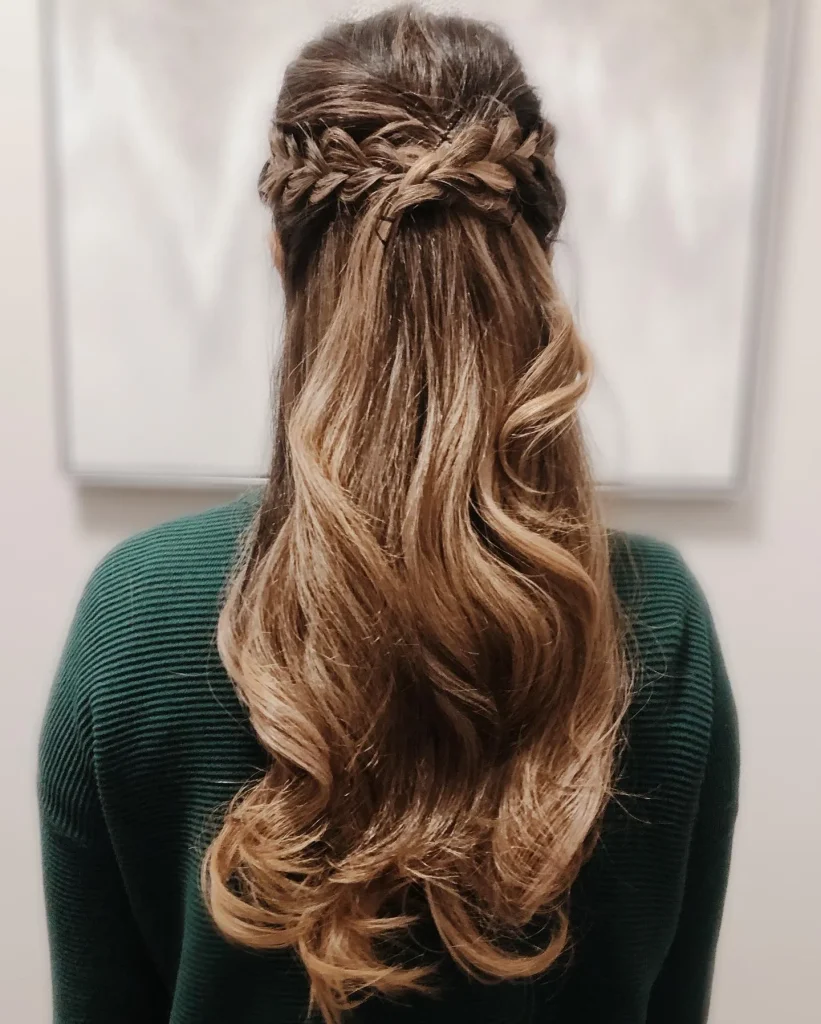
Best Suited For
- Hair Types: Works beautifully on long to medium-length hair, especially with a natural wave or curl. Straight hair can be set in soft waves.
- Face Shapes: Universally flattering, softens all features.
- Occasion/Theme: Ideal for Renaissance fairs, romantic-themed parties, garden events, or portraying goddesses and nymphs.
How to Ask Your Stylist (or Approach DIY)
Ask for “soft, natural-looking Renaissance waves, parted in the center, to be worn with a circlet.” Emphasize “flowing and not too structured.”
“The beauty of many Renaissance styles lies in their deceptive simplicity, where soft waves become art with the addition of a single, perfect accessory,” notes historical fashion enthusiast, Elena Vance.
Styling Tips & Effort Level
Use a large barrel curling iron for soft waves or set hair in large rollers. A light texturizing spray can add movement. The crown or circlet is the key element.
Effort: Low to Medium. The main effort is creating lasting, soft waves.
Maintenance & Occasion Perks
Comfortable and relatively low-maintenance once styled. The headpiece does the heavy lifting for the “noble” feel. Perfect for achieving a gentle, artistic impression.
3. The Braided Halo: A Celestial Touch
The Look & Feel
One or more braids are wrapped around the head to form a “crown” or “halo,” a very popular and iconic look of the Renaissance, signifying purity and status. It can be made from simple three-strand braids or more complex versions.
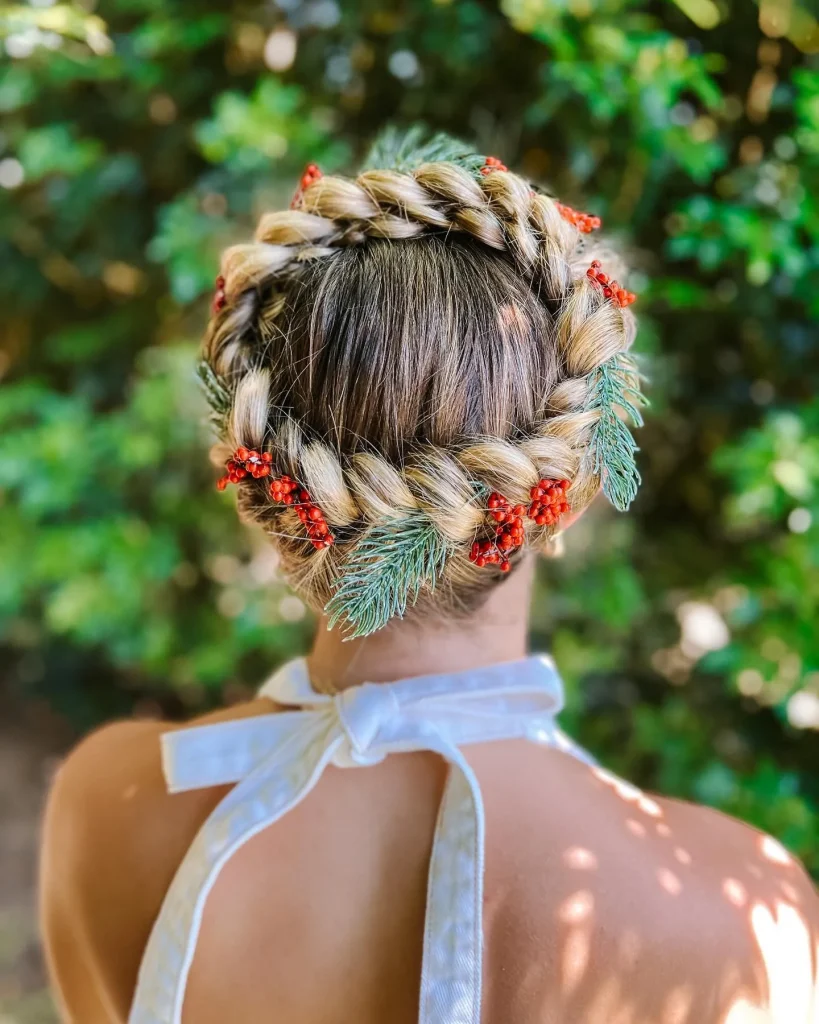
Best Suited For
- Hair Types: Best on medium to long hair. Thicker hair creates a more substantial crown; finer hair can use “pancaked” (gently pulled apart) braids for more volume.
- Face Shapes: Flattering for most, especially oval, heart, and to soften square jawlines.
- Occasion/Theme: Perfect for historical reenactments, playing noble characters, themed weddings, or any event where an angelic or regal appearance is desired.
How to Ask Your Stylist (or Approach DIY)
Request a “Renaissance braided crown” or “halo braid.” Specify if you want all hair incorporated or some tendrils left loose. Discuss braid thickness.
Styling Tips & Effort Level
Hair should have some grip (texture spray or day-old hair). Braid tightly, then secure around the head with pins. Ribbons can be woven into the braids for added authenticity.
Effort: Medium to High, depending on braid complexity and hair length.
Maintenance & Occasion Perks
Keeps hair securely and beautifully off the face. Looks intricate and impressive from all angles. Can be adorned with small flowers or jewels tucked into the braids.
4. Half-Up, Half-Down with a Twist: The Best of Both Worlds
The Look & Feel
A versatile style where the top section of hair is pulled back – perhaps twisted, braided, or simply gathered – while the rest flows freely in waves or soft curls. The “up” section is often a focal point for ribbons, pearls, or small decorative combs.
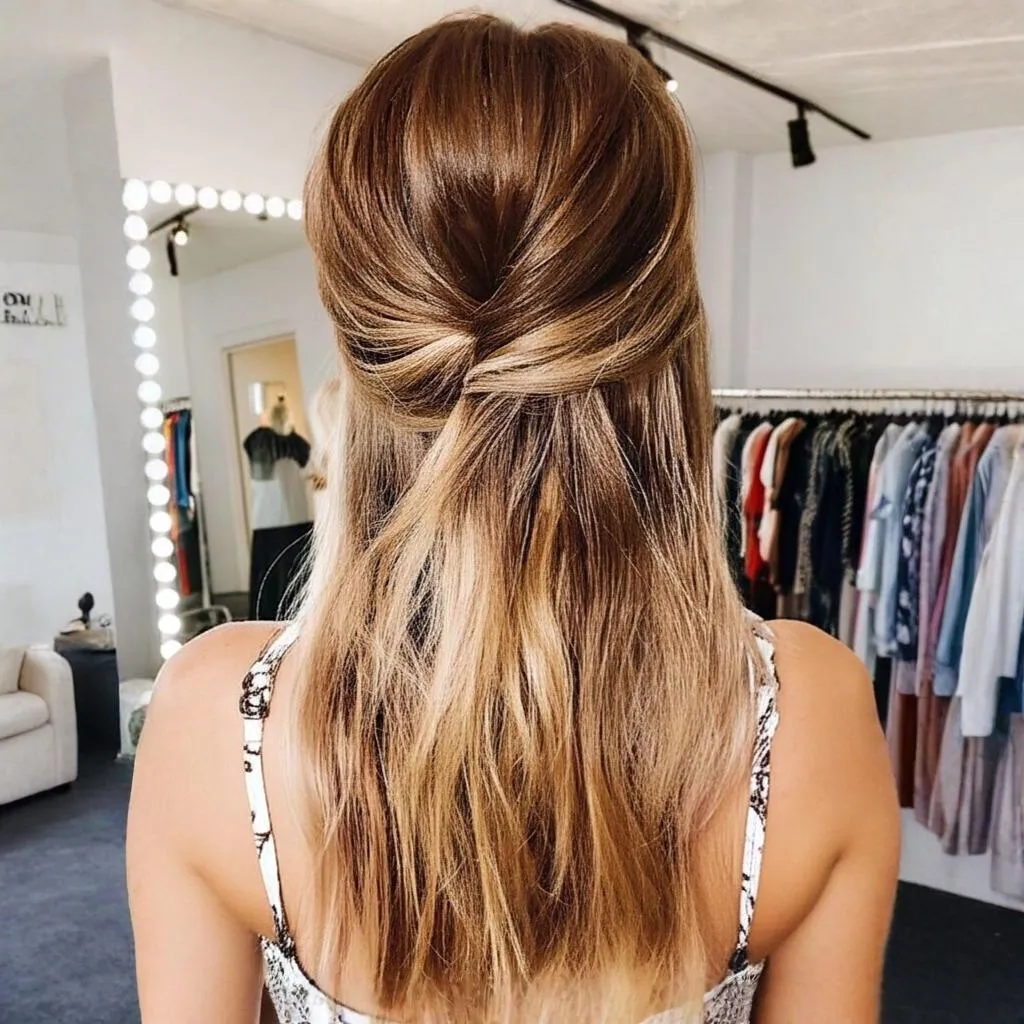
Best Suited For
- Hair Types: Adaptable for most hair types and lengths (shoulder-length and longer).
- Face Shapes: Generally flattering for all shapes, as it combines softness around the face with some lift.
- Occasion/Theme: Great for less formal Renaissance gatherings, portraying younger noblewomen or merchant class, or when you want a touch of period style that’s still easy to wear.
How to Ask Your Stylist (or Approach DIY)
Ask for a “Renaissance-inspired half-up, half-down style,” specifying “soft waves for the lower half” and perhaps “incorporating small braids or twists in the pulled-back section.”
Styling Tips & Effort Level
Create soft waves in the hair first. The top section can be simply twisted back, or you can create two small braids from the temples and tie them at the back. Weave thin ribbons or strands of pearls through the braids.
Effort: Low to Medium.
Maintenance & Occasion Perks
Offers a balance of elegance and ease. Keeps hair away from the face while still showcasing length. Easily customizable with different accessories.
5. Structured Renaissance Waves: Portrait-Perfect Polish
The Look & Feel
Think of the polished, almost sculpted S-waves seen in many formal Renaissance portraits of noblewomen. These aren’t beachy waves; they are more defined, glossy, and intentionally placed, often framing the face symmetrically.
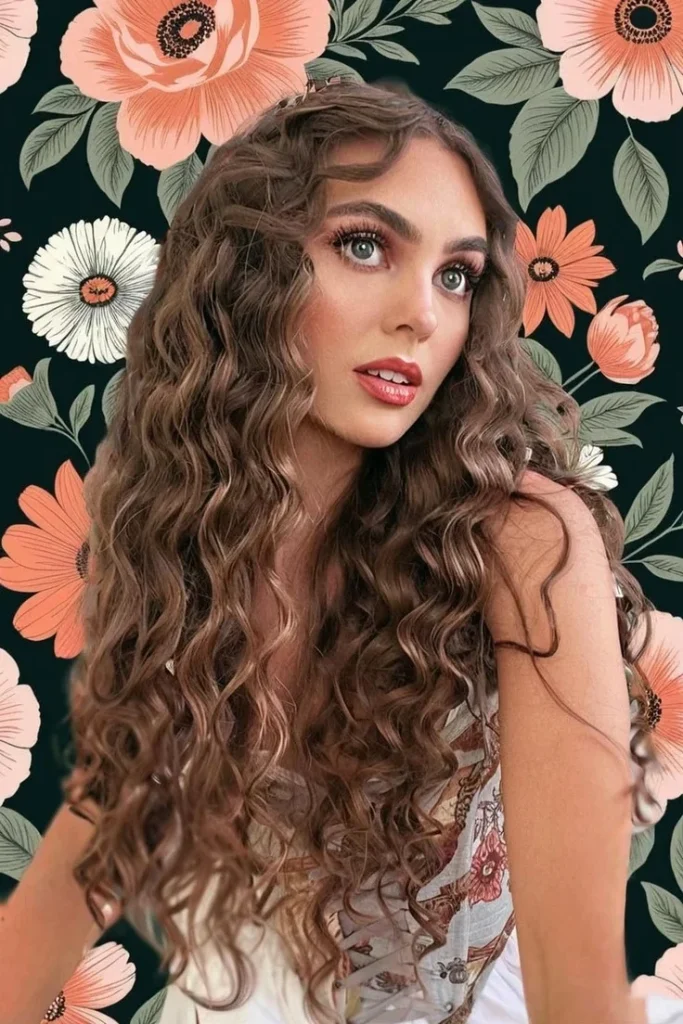
Best Suited For
- Hair Types: Works best on medium to long hair that holds a curl well. Straight hair will need significant setting.
- Face Shapes: Can beautifully frame oval and heart-shaped faces. The structure can add width, balancing longer faces.
- Occasion/Theme: Ideal for achieving a look of high status and formality, perfect for historical portrait recreations, formal costume balls, or theatrical productions.
How to Ask Your Stylist (or Approach DIY)
Request “defined, structured Renaissance waves, like those seen in Tudor portraits.” Emphasize “gloss and hold” rather than a soft, brushed-out look.
Styling Tips & Effort Level
Achieved using finger waving techniques on damp hair with setting lotion, or by carefully setting hair in pin curls or rollers and then shaping. A glossing spray is essential.
Effort: Medium to High. Requires precision and patience.
Maintenance & Occasion Perks
Creates a very striking and authentic high-status look. It’s a statement style that speaks of opulence and composure. Best for indoor events to maintain the structured look.
6. The Fishtail Braid: A Royal Twist on a Classic
The Look & Feel
The Renaissance was a time of intricate artistry, and this extended to hair. Think multiple braids, perhaps of different types (though not modern fishtails per se), woven together, coiled into buns, or forming complex patterns at the back of the head, sometimes encased in a jeweled caul (net).
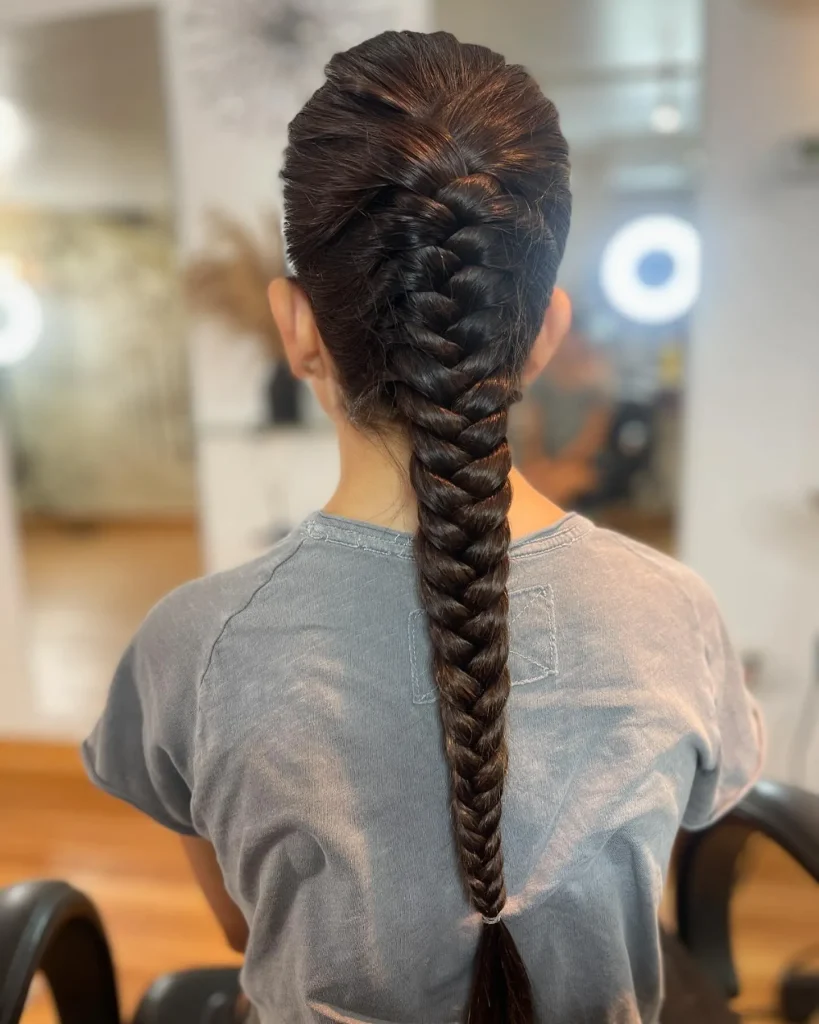
Best Suited For
- Hair Types: Medium to long hair is necessary. Works on most textures, as braids can control frizz and add structure.
- Face Shapes: Versatile, as the main interest is often at the back or sides. Can be adapted to balance most face shapes.
- Occasion/Theme: Perfect for showcasing skill and achieving a highly authentic, wealthy noble look. Great for historical fairs, reenactments, or when you want a true “wow” factor.
How to Ask Your Stylist (or Approach DIY)
This is often a more advanced style. You might show pictures from Renaissance paintings and ask for an “updo with multiple interwoven braids and coiled elements, possibly incorporating ribbons.”
Styling Tips & Effort Level
Section hair carefully. Use a light pomade or wax for braid definition. Secure each element thoroughly. A caul or snood can be a beautiful addition.
Effort: High. This is often a time-consuming and skilled endeavor.
Maintenance & Occasion Perks
A very secure and impressive style. Clearly communicates status and attention to detail. Can be surprisingly comfortable once set.
7. High Roll Updo: A Power Move
The Look & Feel
Inspired by the often voluminous and structured hairstyles of Renaissance nobility, particularly later in the period. This involves creating height and shape, often at the crown or sides, sometimes using padding (historically “rats” or rolls of fabric/hair). The hair is then smoothed over these structures.
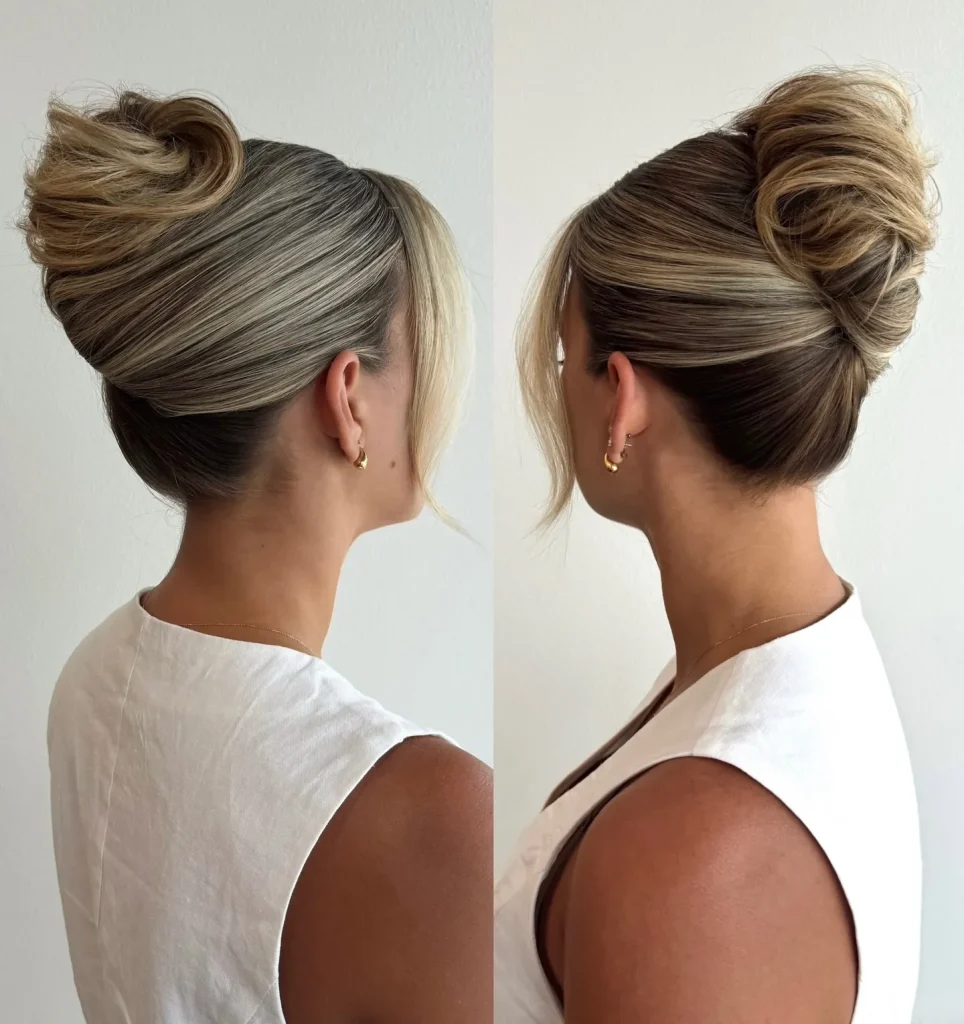
Best Suited For
- Hair Types: Medium to thick hair works well. Fine hair will definitely need padding and texturizing products to achieve volume.
- Face Shapes: Adds height, which can balance rounder or square faces. Can be dramatic on oval faces.
- Occasion/Theme: Excellent for portraying powerful figures, queens, or high nobility at formal events, costume parties, or theatrical performances.
How to Ask Your Stylist (or Approach DIY)
Ask for a “structured Renaissance updo with significant volume at the crown/sides, potentially using hair padding.” Mention if you want it sleek or with some visible texture.
Styling Tips & Effort Level
Hair padding (foam donuts, homemade rolls) is key. Section hair, backcomb for grip if needed, then smooth sections over the padding and pin securely. A strong-hold hairspray is a must.
Effort: High. Requires skill in shaping and securing hair over forms.
Maintenance & Occasion Perks
Creates a very regal and commanding presence. Makes a bold statement and is instantly recognizable as a high-status period style. Surprisingly stable if constructed well.
8. The Renaissance Knot: Uncomplicated, Yet Elegant
The Look & Feel
A neat, often low bun or coiled knot at the nape of the neck. In the Renaissance, this might be worn with a center part, perhaps with braids leading into it, and often covered or partially covered by a coif, veil, or decorative snood. It’s simple but elegant.
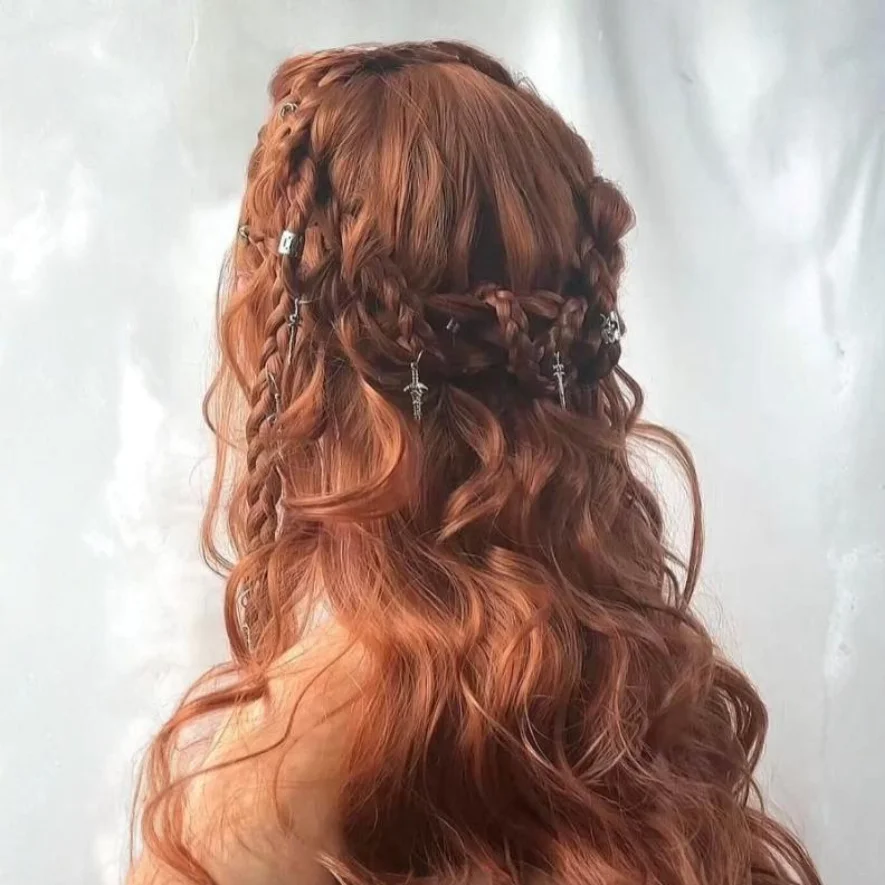
Best Suited For
- Hair Types: Suitable for most hair types, especially medium to long hair.
- Face Shapes: Flattering for most, particularly oval, long, and heart shapes.
- Occasion/Theme: Perfect for portraying everyday women of the period, modest gentlewomen, or when a simpler head covering is the main focus. Also great for a subtle nod to the era.
How to Ask Your Stylist (or Approach DIY)
Request a “smooth, low coiled bun or chignon, with a center part.” Mention if you plan to add a “veil, snood, or coif.”
Styling Tips & Effort Level
Ensure hair is smooth. Create a neat ponytail at the nape, then twist or coil it into a bun, pinning securely. A little serum can help with flyaways.
Effort: Low to Medium. The key is neatness.
Maintenance & Occasion Perks
Comfortable for long wear and provides a good base for headwear. Embodies a quiet, dignified elegance. Practical and authentically historical for many social strata.
Product & Accessory Essentials for Renaissance Styles
To truly bring these historical looks to life, a few key items will be your allies:
- Texture Spray/Dry Shampoo: For grip, especially in braids and updos.
- Smoothing Serum/Cream: For polished waves and sleek sections.
- Strong-Hold Hairspray: To keep intricate styles and voluminous shapes in place.
- Bobby Pins & Hairpins: Essential for securing braids, twists, and rolls.
- Clear Elastics: Useful for securing braids before incorporating them into larger styles.
- Ribbons, Pearl Strands, Faux Jewels: Crucial for authentic decoration.
- Hair Padding/Donuts: For creating authentic volume in certain styles.
- Circlets, Snoods, Veils, Decorative Combs: The finishing touches that define the era.
Conclusion: Embrace Your Own Renaissance Masterpiece
Choosing a Renaissance-inspired hairstyle is an invitation to explore a world of artistry and elegance. It’s a chance to transform your look and feel like you’ve stepped out of a historical painting.
From angelic braided crowns to sophisticated coiled knots, there’s a style to capture the imagination and suit your desired level of historical immersion. Consider your hair, the event, and the persona you wish to embody.
Discuss these inspiring options with your hairstylist, or embark on a delightful DIY adventure. Go forth and wear your historical crown with pride!
Ready to create your own Renaissance moment? We’d love to see which style you choose!
